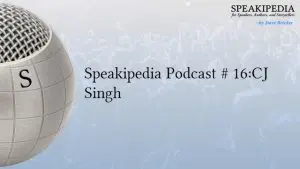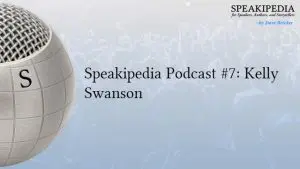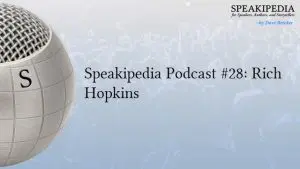How do you turn your me story into a you story? As engaging and interesting as the tale of your ocean crossing, summiting of Mount Everest, or successful marathon run may be, it won’t take long before audiences begin to wonder, What does this have to do with me?
If you talk about yourself for too long, you risk losing the audience’s attention. Your audience has their own metaphorical oceans to cross, mountains to climb, and races to run. If they perceive your achievements to be beyond their capabilities, they might conclude that your message and strategies are likewise out of reach.
How do you bring your message home to the audience? If they’re left sitting in the auditorium and you’re standing on a mountain top, how will you bring the message back to them?
Storytelling speaker, Kelly Swanson, shares this simple technique:
“I know what you’re thinking…. Do I have to cross an ocean to achieve my goals? I get seasick, and sailing across the ocean takes a long time; my boss won’t give my two months off.”
“I know what you’re thinking…. Do I have to climb Mount Everest to achieve my goals? I’m afraid of heights and I hate cold weather.”
“I know what you’re thinking…. Do I have to run a marathon to achieve my goals? I have asthma and a bum knee. Can I still be successful?”
“I know what you’re thinking,” offers a powerful bridge between your story and the audience. In his excellent book, Never Split the Difference: Negotiating as if Your Life Depended on It, Chris Voss suggests that labeling objections can dissipate them.
“You probably think I’m just another salesman trying to earn a commission, but the high-end product really is a better choice for you.”
In this scenario, the customer doesn’t want to make this insulting allegation out loud, but if they’re thinking it, expressing it for them will trigger a feeling of relief. The issue is out on the table, and the customer feels understood.
If your audience is wondering, What does this speech have to do with me? labeling their objection can replace distance and disinterest with empathy. “I know what you’re thinking,” suggests a connection—an understanding—that lets them know you’re telling your story for them.
“I know what you’re thinking,” connects your story to theirs. It lets them know that even though you’re still talking about yourself, you’re thinking about how to offer value to them and will close the relevance gap at the end.





